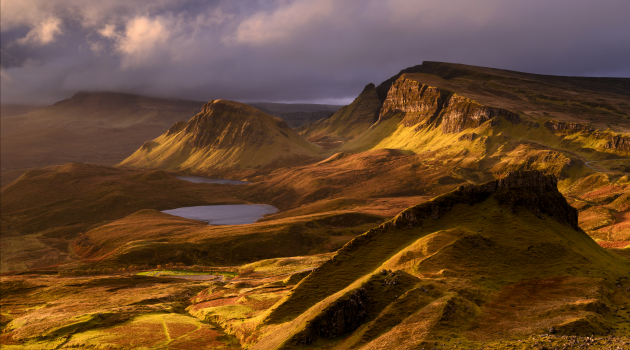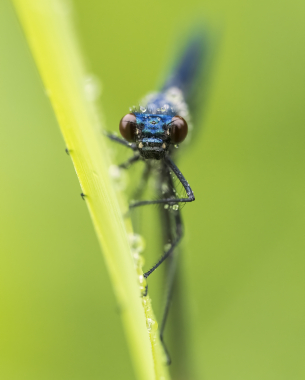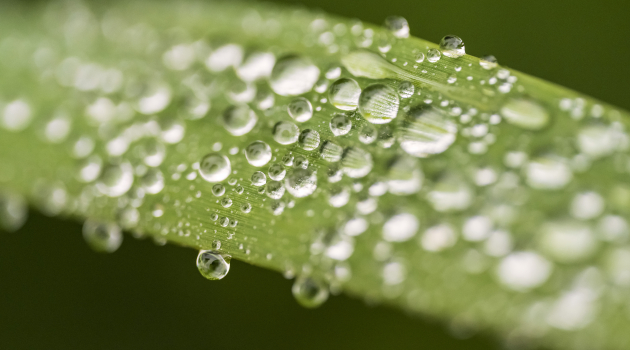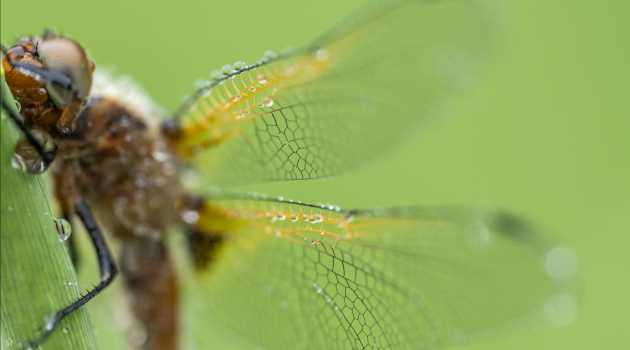After spending your career using DSLRs, why are you now embracing Nikon’s mirrorless system?
There are a lot of advantages for me, not least that the mirrorless system is far lighter – and when you spend a lot of time outdoors hiking to locations with everything in your backpack, that’s really important. Ultimately, it’s all about the optics for me. The jump to the Z system was the chance to tap into a more optimised system incorporating all the latest technology, with the most incredible edge-to-edge detail and beautiful resolution. And of course you can still use all your existing F-mount NIKKORS via the FTZ adapter and retain spot on image quality.
The silent shooting you get with mirrorless can also be very helpful. Insects generally react more to movement than sound, and I tend to shoot them very early on or into the evening when they are virtually inactive, but if I’m following them during the day, or I want to photograph other more easily disturbed wildlife, it’s obviously useful to be able to minimise the amount of noise you’re creating.






